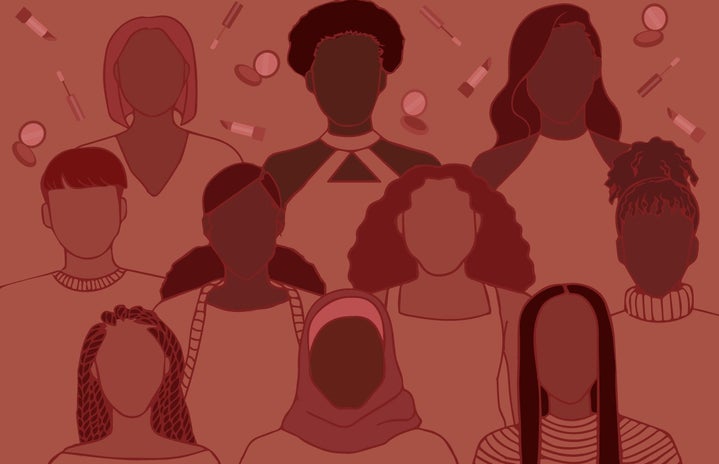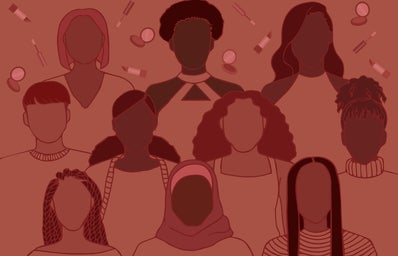Debate and discourse around Me Too and its impact has mostly been initiated by our generation in the Indian society. Be it discussing allegations against our favourite artists or challenging the reinstatement of an accused judge on a reality TV show, the movement has fought to gain relevance in our context. Debates about proper legal mechanisms being enforced or how the idea of ‘innocent until proven guilty’ continue to exist and are very much pertinent, but a majority of us are open to more information. Social media has a major role to play in this movement, as it is widely popular for being the platform which womxn have taken to, to narrate their experiences and calling out their abusers. While some do question the credibility of this information, a lot more are grateful for the increase in exposure and awareness being generated out of the huge influence of social media.
Why college students have a higher stake in this culture of calling out abusers and holding them accountable, relies mostly on the fact that a majority of us do use social media regularly and have constant access to news or information being passed around. Thus having the insight into what our friends and classmates are posting about or are interested in. Being our age comes with a lot of conflicts, having left friend groups behind in school to joining newer ones in college, without a sense of clarity as to the kind of culture we were a part of and what we should choose to support now. Many of us are not even aware of the incidents of abuse that took place and a majority don’t realise that by remaining neutral they might have been complicit with an abuser. Using social media as a platform to express ourselves and to gain exposure to knowledge has always been central to our lives, and combining it with the Me Too movement, if done right, can ensure positive outcomes for more than just the people involved.
When we talk about the Me Too movement, it may seem like a concept that is quite distinct from our own lives. When we see womxn around us coming out with their experiences, the realisation that a toxic environment continues to exist around us hits hard. The need to create a public record to ensure that more people have access to the information regarding the incidents is prioritised, especially when a legal step cannot be taken.
My own understanding of what a toxic friendship may look like, came after one of my friends decided to take to social media with her own narrative; supported by several accounts by womxn we knew personally, who took the initiative to contact her and recall their own experiences with the same person. As young womxn, most of us are taught to accept toxic relationships where boundaries are not defined, under the garb of affection. When the reality remains to be gaslighting and emotional manipulation, making it significant to recognise these signs.
It becomes imperative to highlight behaviour of misconduct, especially in a structure as such that we have created for ourselves, where discourse around womxn-centric issues and security keeps flowing with the involvement of men who may portray themselves to be conventionally ‘woke’ but are actually the perpetrators of abuse when away from the stage. This is where formal and semi-formal groups can intervene and hold their own members accountable for their actions, while creating a public record for other groups to acknowledge and implement in their own capacity; examples like the Delhi University Debate Circuit and the Model United Nations’ List of Names.
The notion of closure and satisfaction too, come into play when the person who shares their experience gets a sense of relief in finally being able to put their narrative out in public and feel validated with the support garnered alongside their abuser being held accountable by not just them or their immediate group of friends, but by people beyond. ‘Justice’ as a legal concept may seem unachievable to many, but some benefits even in a tokenistic capacity can seem positive after an experience of trauma. The very idea of being able to share what happened to them and how they feel is mentally and emotionally cathartic, and the satisfaction of knowing that ‘at least people are aware’ remains. The choice to engage and interact with an abuser once called out remains with the people then; but a slight shift in social dynamics, too, is seen as a huge step.
Taking the essence of Me Too and applying it to our context reminds us of the significance of the movement; giving womxn the power to speak up and to take control of their narratives, to encourage others of all genders to join in support or with their own stories, and to take responsibility and hold abusers accountable for their actions while making others aware of recognising signs and doing the same.



